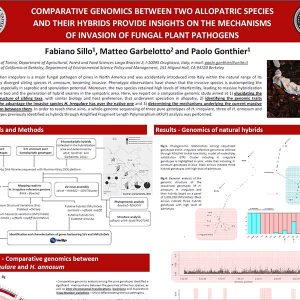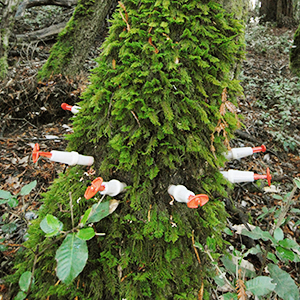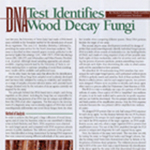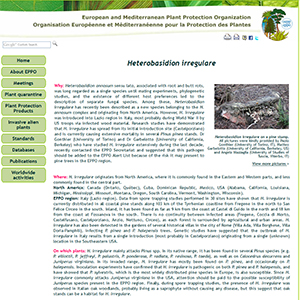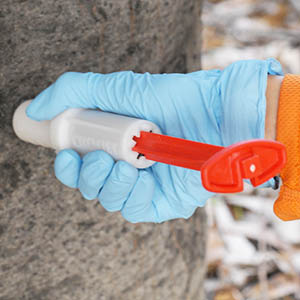Wood Decay Diagnostic Research Project
Tree Sampling Protocol
In order to maximize the power of this groundbreaking diagnostic tool, it is essential to appropriately sample the wood. In addition, woody material must be reduced to fine shavings for successful extraction of DNA. We recommend using twist drill bits as described below.
The minimum volume of wood shavings required for analysis is approximately 1/4 teaspoon (1.5 to 2ml) by volume. Ideally we would like to have between 1/8 and 1/4 cup (25 and 50ml) of wood shavings per sample.
1. Sampling from Downed / Failed Trees:
In the case of tree failures, the best way to collect wood is to sample wood right from the area where the breakage occurred and where obvious signs of decay such as stringy and discolored wood may be visible. We recommend repeatedly drilling holes into the wood with a 1/8″ to 1/4″ (4mm) diameter drill bit and collecting the wood shavings and saw dust.
Holes should be drilled in appropriate locations to ensure that a representative sample of fungal biomass is collected. We recommend taking four samples from the four furthest points (imagine the four tips of a cross) within the area of the breakage and showing signs of decay. Likewise if fruiting bodies are present, shavings should be collected from them as well.
The holes should be drilled relatively slowly, with a sharp drill bit to prevent the buildup of excess heat. Once collected they can be pooled together and sealed in a paper envelop. The use of paper containers minimizes the growth of molds; nonetheless samples should always be kept in a cool place and away from sunlight, in order to minimize the breakdown of the DNA present in the sample.
2. Sampling from Intact Trees:
In the case of standing trees, very small holes can be drilled in the four cardinal directions at the root collar and the wood can be easily sampled by collecting the sawdust generated during the drilling; sawdust from the four holes can be pooled and collected in a paper container as described for sampling of tree failures.
We currently recommend the use of a 3/16″ diameter, 16″ long drill bit, with 12″ long double flutes along the shaft to help clear the wood chips. The bit is made of chrome vanadium steel for flexibility and strength, and has a cobalt/tungsten carbide tip for resistance to wear. The bits we currently use are manufactured by ARTU USA (Aberdeen, NC), but any similar bit will work, as long as it is long enough to allow sampling most of the wood between the bark and the central core of the tree. The relatively small size of the bits we use ensures rapid healing of the holes, and the steel alloy used by the manufacturer ensures the bits will be less likely to break when drilling deep into the base of the tree trunk.








